Featured Article

March 27, 2025
Background On April 17, 2024, the Biden Administration initiated an investigation into China’s actions to unfairly monopolize the global shipbuilding market. This was done through Section 301 of the Trade Act of 1974, which allows the U.S. Trade Representative (USTR) to investigate and take action against foreign trade practices that are deemed unfair, unreasonable or discriminatory against U.S. commerce.
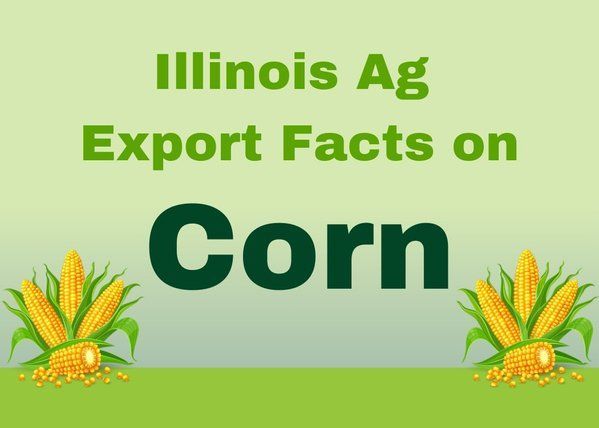
By Lyndi Allen
•
March 27, 2025
Illinois is ranked number 2 in the U.S. for corn production in 2024, harvesting 10.7 million acres and producing 2.3 billion bushels with an average yield of 217 bushels per acre. Of the corn produced, 49 percent was shipped out of state. The top five U.S. corn export markets in 2023/2024 were Mexico, Japan, Colombia, China, and Canada.
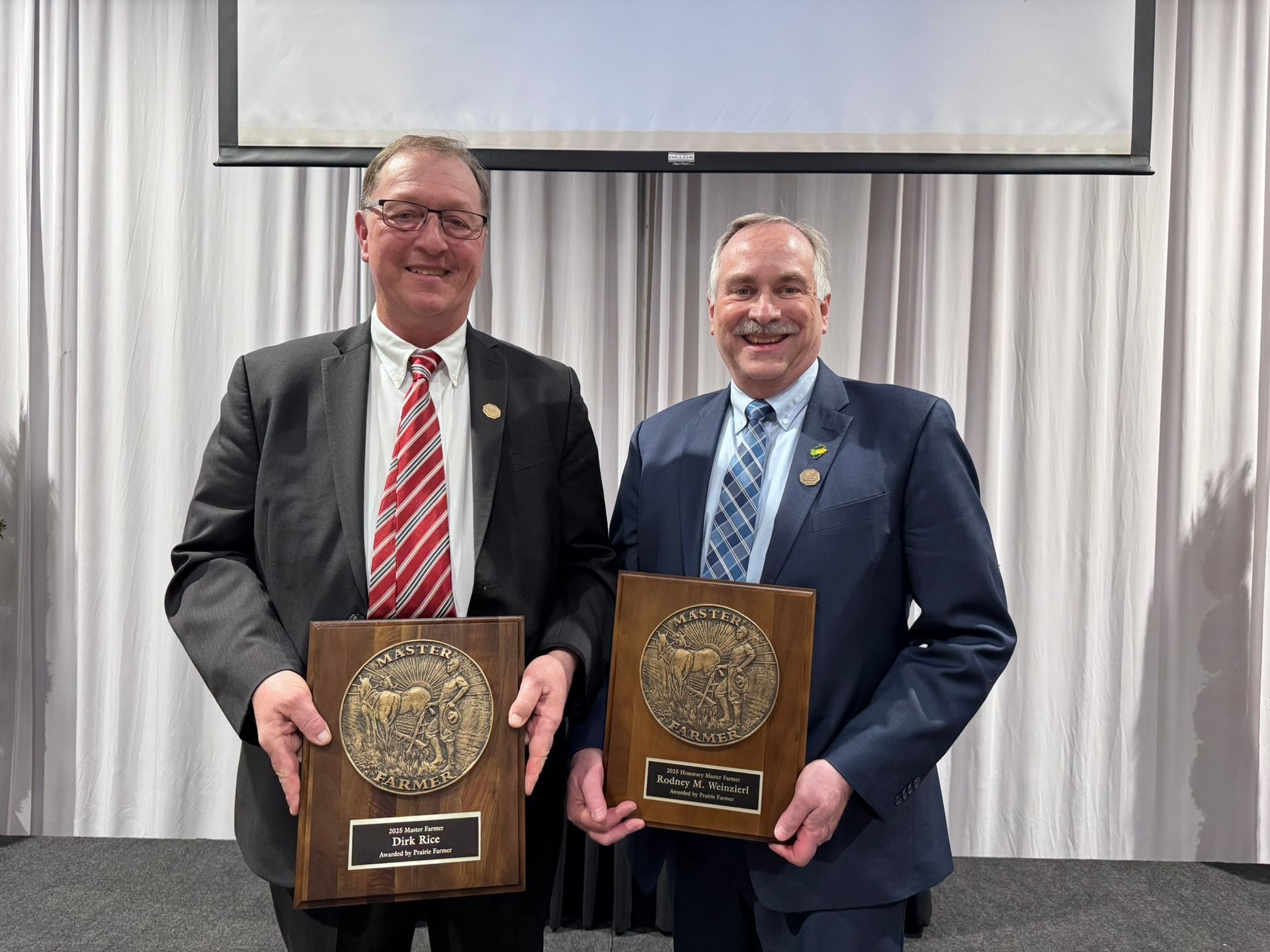
By Tara Desmond
•
March 27, 2025
In this episode of the Illinois Corn Connection podcast, Stu Ellis interviews Dirk Rice, a 2025 Master Farmer honoree and former Chairman of the Illinois Corn Marketing Board. Dirk reflects on his 40-year farming journey, discussing everything from his early days in agriculture to his work with conservation practices like cover crops. He shares lessons learned along the way, the importance of farm organizations, and his belief that active involvement is essential for the future of agriculture. This insightful conversation highlights the value of mentorship, staying ahead of the curve, and the need for fresh perspectives in the industry. Tune in to hear more about Dirk's inspiring journey and thoughts on the future of farming.
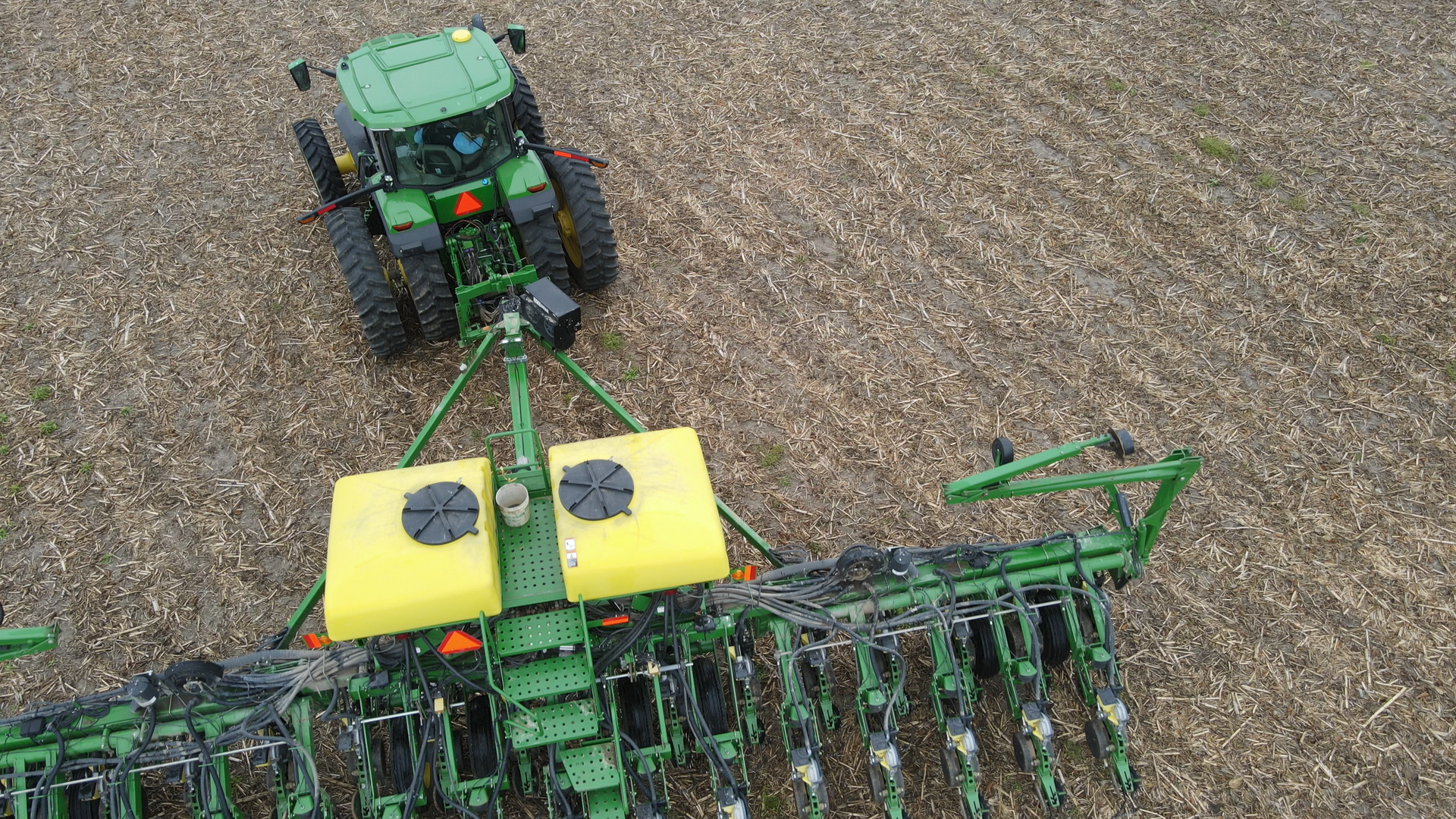
By Tara Desmond
•
March 27, 2025
Cover crops are a valuable tool for improving soil health, preventing erosion, and enhancing nutrient cycling. While many farmers plant cover crops in the fall, early spring is also an excellent time to establish certain species that can provide short-term benefits before a cash crop is planted. Here are three cover crops to consider planting in early spring and their key benefits. 1. Oats (Avena sativa) Top Benefits: Rapid Growth: Oats establish quickly in cool temperatures, providing ground cover before summer crops are planted. Weed Suppression: The dense canopy helps smother weeds, reducing competition for nutrients and moisture. Soil Structure Improvement: Oats have a fibrous root system that enhances soil aggregation and reduces compaction. Erosion Control: Their fast-growing roots help anchor soil, minimizing runoff and erosion risks. Seeding Rate & Timing: Plant oats at 80-100 pounds per acre as soon as soil temperatures reach above 40°F . They can be drilled or broadcasted and incorporated with light tillage. 2. Field Peas (Pisum sativum) Top Benefits: Nitrogen Fixation: Field peas contribute nitrogen to the soil, reducing fertilizer needs for subsequent crops. Improved Soil Biology: Their presence promotes beneficial microbial activity in the soil. High Biomass Production: They add organic matter, improving overall soil health and moisture retention. Palatable Forage: If used in livestock operations, field peas provide a high-protein forage option. Seeding Rate & Timing: Sow field peas at 50-80 pounds per acre when soil temperatures reach above 40°F . They can be drilled or broadcasted and work well in mixes with oats or barley. 3. Tillage Radish (Raphanus sativus) Top Benefits: Compaction Reduction: Tillage radish’s deep taproots penetrate compacted soils, improving water infiltration. Nutrient Scavenging: They absorb excess nutrients, particularly nitrogen, preventing leaching. Weed Suppression: Their rapid canopy growth shades out weeds, minimizing early-season competition. Quick Decomposition: After termination, their biomass breaks down rapidly, releasing nutrients back into the soil. Seeding Rate & Timing: Plant at 5-10 pounds per acre as soon as soil temperatures reach above 45°F . They can be drilled or broadcasted but require good seed-to-soil contact for proper establishment. Choosing the Right Cover Crop for Your Farm Each of these cover crops offers unique advantages, so selecting the right one depends on your farm’s needs. If you want fast biomass and weed suppression, oats are a great choice. For nitrogen contribution, field peas provide a boost before planting corn. If soil compaction and nutrient scavenging are concerns, tillage radish is an excellent option. By integrating early spring cover crops into your system, you can enhance soil health and prepare fields for a productive growing season. Sources: Midwest Cover Crops Field Guide , Managing Cover Crops Profitably , USDA Natural Resources Conservation Service (NRCS) Cover Crop Guidelines

By Lyndi Allen
•
March 20, 2025
The Illinois congressional delegation understands Illinois corn farmers and the downturn in the agriculture economy a little bit better this week after a meeting with IL Corn last week in Washington, D.C. (D.C.). During our time in D.C., we met with 17 congressmen and over 50 partners, agencies, embassies, and non-government organizations. Our farmer leaders advocated through discussion by providing facts and personal stories. During our visit, we were joined by staff members and farmers from WI Corn, MI Corn, KY Corn, and MO corn. In addition, five Grassroots Orientation to Washington DC (GROW) applicants applied and were chosen to join IL Corn to learn more about how IL Corn leads in D.C. The GROW program builds leadership skills in farmers not already connected with IL Corn and helps them understand the opportunities for farmers to advocate for their industry in Washington, D.C. The program encourages active participation in ICGA.
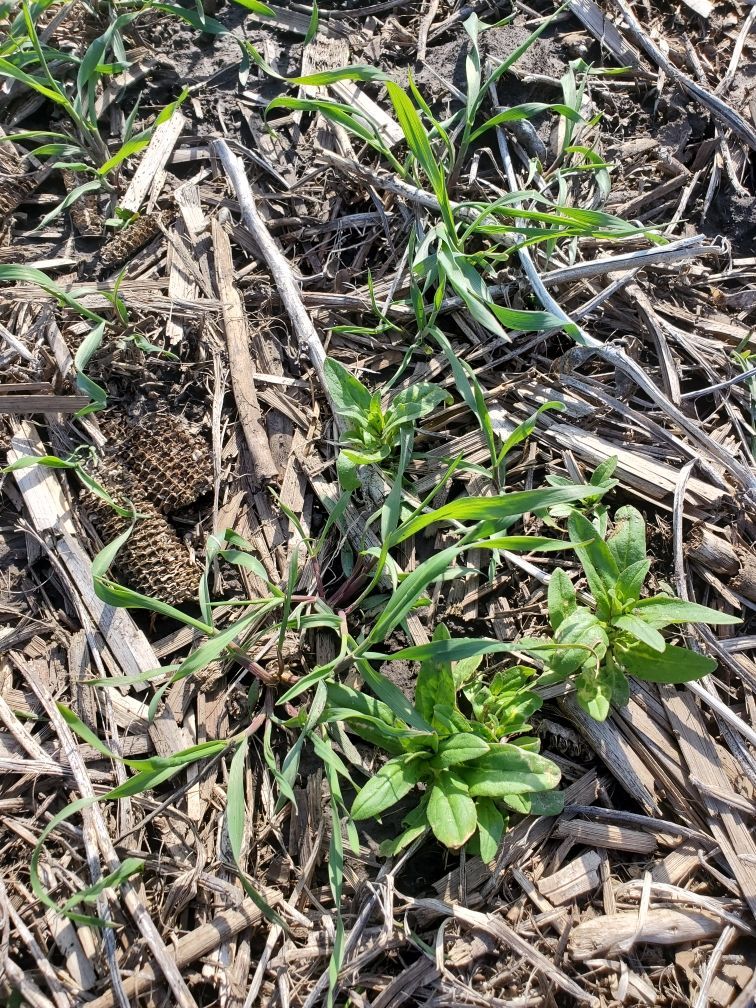
By Tara Desmond
•
March 20, 2025
If you're thinking about trying cover crops but feel overwhelmed, you’re not alone. Many farmers go through trial and error before finding a system that works for their fields. One farmer's experience (Richard Lyons) highlights key lessons for getting started and setting yourself up for success. Start Small and Choose Wisely The best way to begin is with a small acreage—perhaps 40 acres before corn and 40 acres before soybeans. It’s tempting to try different mixes, but farmer Richard Lyons recommendation is clear: start with cereal rye after corn stalks going to soybeans . It’s a simple and reliable entry point into cover cropping. Prioritize Drainage Before even planting a cover crop, evaluate your drainage. Whether it’s tile drainage or natural drainage, a well-drained field is crucial for success. Poor drainage can lead to failed cover crops and frustration. Pick the Right Species for Overwintering Many beginners use radishes and spring oats, but these die off in cold temperatures, leaving the soil unprotected in early spring. Instead, consider: Winter Barley (½ bushel) – Breaks down quickly but isn't always winter hardy. Wheat (½ bushel) – Provides backup if winter barley doesn’t survive. Rapeseed & Austrian Winter Pea – Contribute to biodiversity and nitrogen fixation. With these species, you’ll have a diverse mix that helps improve soil health and retains ground cover through winter. Adjust Your Management Practices Cover cropping isn't a "set it and forget it" practice, it requires new management strategies. For example, when transitioning to corn, strip-tilling helps determine when to terminate the cover crop in spring. If wheat and barley start growing over the strips, terminate early to allow for warmer, cleaner seedbeds. If conditions are cool and dry, planting green may be an option before terminating with herbicide. Plant green to maintain a living root as long as possible. Bottom Line: Be Flexible and Keep Learning Success with cover crops isn’t instant. Weather, soil conditions, and management choices all play a role. But by starting small, selecting the right species, and adapting your approach, you can make cover crops a profitable and sustainable part of your farming system. Learn more about cover crop incentive programs from Illinois Sustainable Ag Partnership or get paired with a Precision Conservation Management specialist to learn what is available to you. Don't forget that IL Corn has a cover crop coupon available for ICGA members.

By Tara Desmond
•
March 20, 2025
IL Corn played a pivotal role in organizing the second annual Illinois Future of Fuels: Sustainable Aviation Fuel and Beyond Conference, held last week in Rosemont, Illinois. This event convened industry experts worldwide to explore sustainable aviation fuel (SAF) opportunities, particularly focusing on corn-based ethanol and the opportunity to position Illinois as a future home for the growing SAF industry. As a key stakeholder, IL Corn collaborated with the Illinois Manufacturers' Association (IMA) and other partners to facilitate discussions on SAF's potential in the United States, emphasizing the unique opportunities for Illinois and the Midwest. The conference featured panels of experts, keynote addresses, and networking sessions, fostering a comprehensive understanding of sustainable fuels.
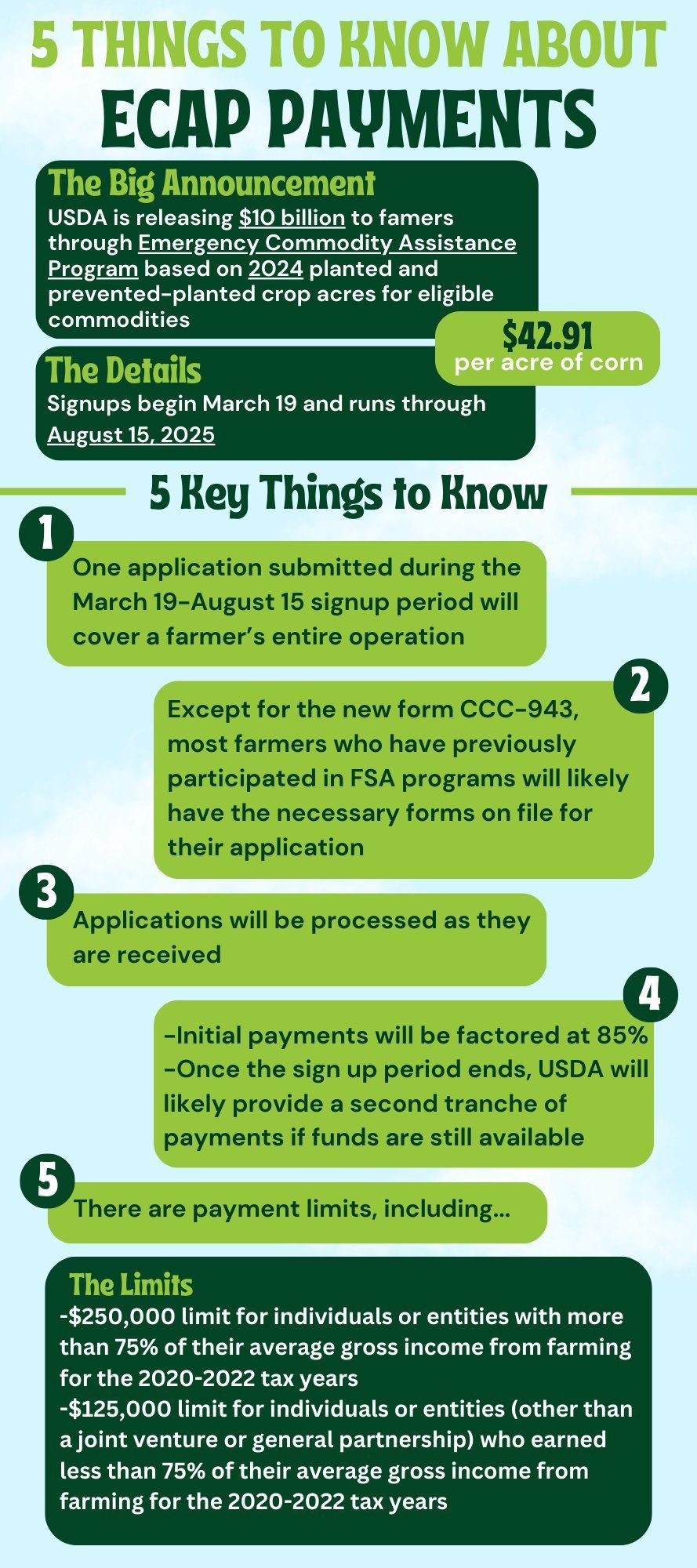
By Lyndi Allen
•
March 20, 2025
The U.S. Department of Agriculture (USDA) announced up to $10 billion issued directly to agricultural producers through the Emergency Commodity Assistance Program (ECAP) for the 2024 crop year. Officially, corn will have a payment rate of $42.91 per acre for the 2024 crop year. Authorized by the American Relief Act, 2025, these economic relief payments are based on planted and prevented planted crop acres for eligible commodities for the 2024 crop year. The sign-up period starts now and will run through August 15, 2025 . The USDA will mail pre-filled applications to farmers over the coming days. Farmers can also go online or to their local Farm Service Agency to complete the process.
Articles
2025
2024
2023
2022
2021
2020

